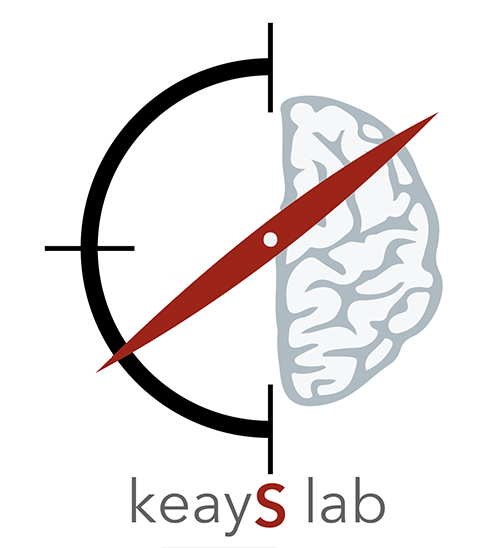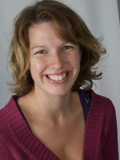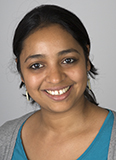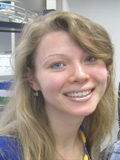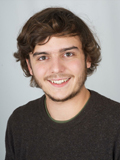
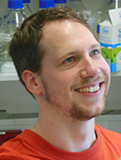
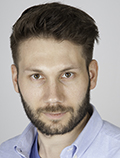
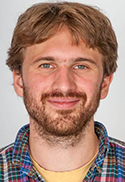
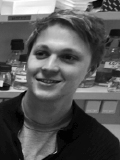
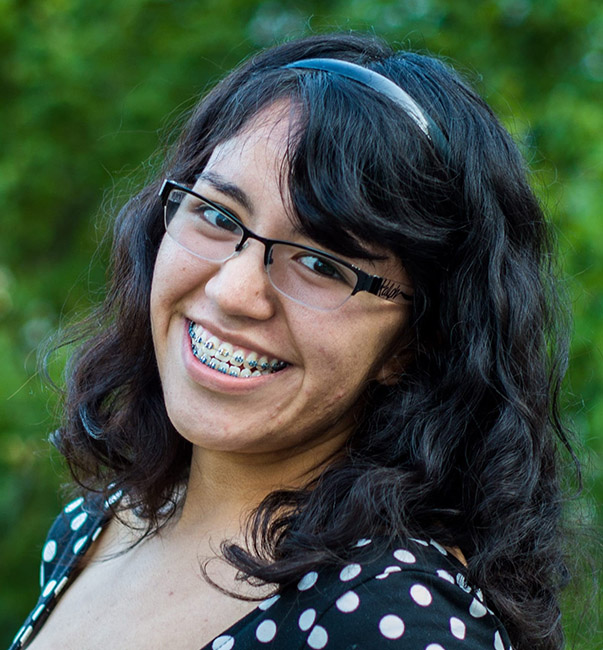
Fernanda Reza, graduated from the National Autonomous University of Mexico with a bachelors degree in Genomic Sciences. She undertook her bachelor thesis in the lab of Johannes Gräff at the École Polytechnique Fédérale de Lausanne where she investigated the effect of prenatal stress on the onset of Alzheimer’s disease. She joined the Keays lab in 2017 for her masters thesis, focusing on genes involved in brain developmental disorders. In 2020 Fernanda started her doctoral studies with Magdalena Goetz at LMU on axonal repair.
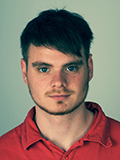
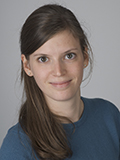
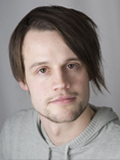
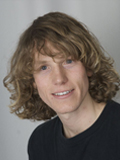
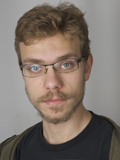
Marion Salzer joined the Keays lab in 2009 as a bachelor student. Working alongside Christoph Trieber, Marion employed histological techniques to show that a conserved magnetic sense system in the upper beak of pigeons does not exist. She completed her doctorate at the Institute for Research in Biomedicine in Barcelona with Salvador Benitah and is now a post-doc at the Center of Gene Regulation in Spain with Elvan Boke.
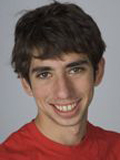

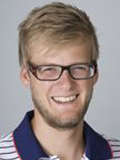
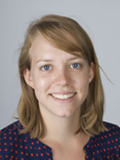
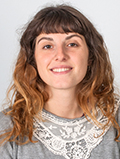
William Snider received his Bachelor’s degree in Biochemistry from Columbia University. As an undergraduate, he worked in the labs of Rafael Yuste and René Hen, studying interneuron microcircuits and the function of the raphe nuclei in adaptive emotional responses (see Karnani et al, Neuron 2016). William initially joined the Keays lab as a VBC summer student in 2016, and returned as a research assistant in February 2017. In October 2018 he started a PhD in neuroscience at Johns Hopkins University. Tobias taught William how to perform laser dissection microscopy, and Dave taught him how to play poker.
Ratna Tripathy performed her Doctoral studies at the Max Planck Institute for Developmental Biology at Tübingen, Germany. During this time she revealed the role of two transcription factors, Midline and Lola, to be essential for embryonic gonad formation in Drosophila. Ratna joined the Keays lab in January 2014 focusing on the role of the MAST family of protein in development and disease. In 2018 Ratna married three times…… to the same guy. He is very nice.
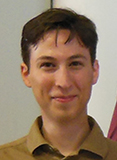
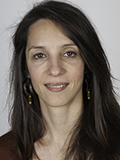
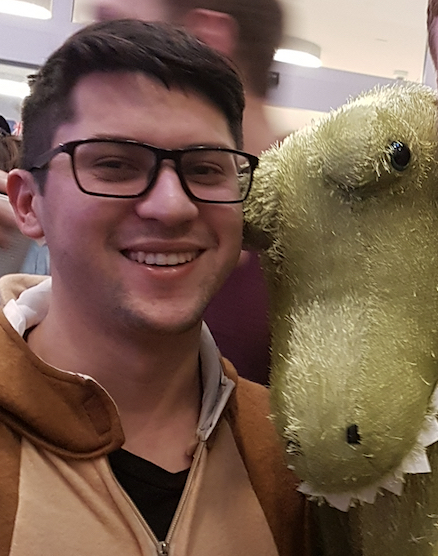 Dante Vazquez, hails from Puerto Rico where he performed backyard chemistry and worked in a funeral home. He undertook his masters in Biochemistry at the University of Tübingen where he worked on protein evolution and folding mechanisms in the Höcker Lab. He conducted his thesis project at the Weizmann Institute of Science where he performed biophysical characterization of protein models that may have played a role in the origin of life. Dante joined the Keays lab in 2017 and focused on the biphysical properties of cryptochromes. He is currently performing a doctorate in physics at the MFPL with Thomas Juffmann.
Dante Vazquez, hails from Puerto Rico where he performed backyard chemistry and worked in a funeral home. He undertook his masters in Biochemistry at the University of Tübingen where he worked on protein evolution and folding mechanisms in the Höcker Lab. He conducted his thesis project at the Weizmann Institute of Science where he performed biophysical characterization of protein models that may have played a role in the origin of life. Dante joined the Keays lab in 2017 and focused on the biphysical properties of cryptochromes. He is currently performing a doctorate in physics at the MFPL with Thomas Juffmann.
Lyubov Ushakova, Technician. Lyubov did her undergraduate studies in Microbial Genetics at Kazan State University. In 2011 she moved to Vienna and worked in the Rumpel Lab as a Research Technician where her worked focused on the auditory cortex (See Bathellier et al, Neuron 2012). In 2012 Lyubov joined the Keays lab where she is responsible for histological and behavioural phenotyping, before taking on the position of Lab manager. Lyubov did an amazing job, each and every day. Unfortunately we couldn’t persuade her to move to Munich or Cambridge!
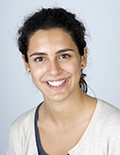
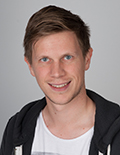
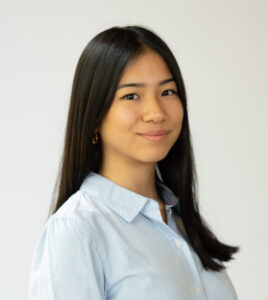 Noemi Li Arzapalo (Munich). Noemi graduated with a bachelors degree in Molecular Biotechnology at the Heidelberg University, where her interest in neuroscience led her to study astrocytes and their mitochondria. She is currently enrolled in the Master’s Program Molecular and Cellular Biology at the Ludwig Maximilians University (LMU). Noemi was an intern in the Keays Lab, investigating microtubule-associated proteins and their potential interaction partners.
Noemi Li Arzapalo (Munich). Noemi graduated with a bachelors degree in Molecular Biotechnology at the Heidelberg University, where her interest in neuroscience led her to study astrocytes and their mitochondria. She is currently enrolled in the Master’s Program Molecular and Cellular Biology at the Ludwig Maximilians University (LMU). Noemi was an intern in the Keays Lab, investigating microtubule-associated proteins and their potential interaction partners.
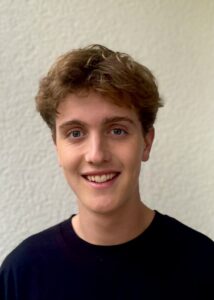 Sebastian Ramish (Munich). Sebastian completed his bachelors degree at LMU Munich were he studied the properties of the blood-brain barrier in amphibians. He worked alongside Patrick generating cerebral organoids to study the role of MAST1 in development and disease. He is now undertaking a Masters Program in stem cell biology at the University of Utrecht.
Sebastian Ramish (Munich). Sebastian completed his bachelors degree at LMU Munich were he studied the properties of the blood-brain barrier in amphibians. He worked alongside Patrick generating cerebral organoids to study the role of MAST1 in development and disease. He is now undertaking a Masters Program in stem cell biology at the University of Utrecht.
